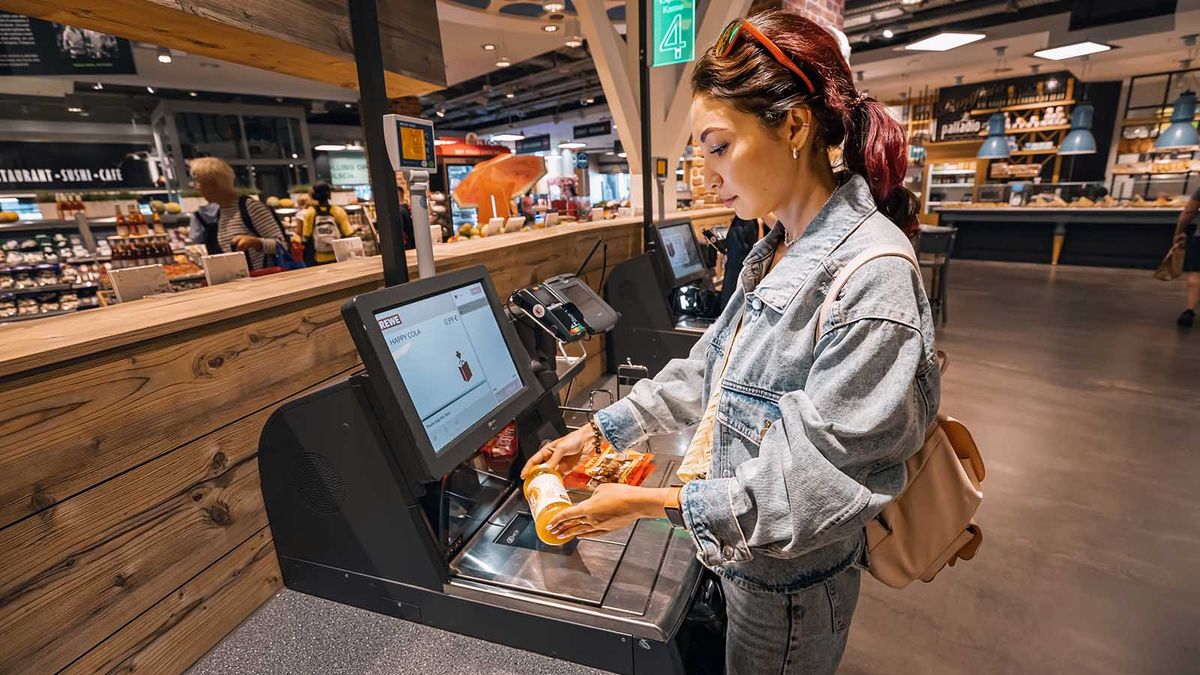
It’s first helpful to start out defining bar code. A bar code is made up of bars and spaces of varying width found on packages of products sold everywhere. Bar codes are read by optical bar code scanners at stores. The most common bar code is the UPC code (aka UPC-A).
UPC codes were originally created in the early 1970s to identify products and help grocery stores speed up the checkout process and keep better track of inventory, but the UPC code system caught on quickly in other retail areas because it was so successful. The first UPC code appeared on a pack of Wrigley’s gum sold in in Troy, Ohio, in June 1974.
A UPC code is a bar code symbol with a 12-digit number called a GTIN-12. GTIN stands for Global Trade Item Number and it is the UPC data derived from the Uniform Code Council (UCC), a nonprofit organization that represents the market for supply chain codes.
The GTIN-12 number is the UPC data that comes from a UPC Company Prefix and Item Reference Numbers (more on that below). The most common type for retail stores is the UPC-A, which is for products sold at a retail point of sale. Today all retail products have their own unique UPC code.
UPC codes are most commonly used for retailers in the United States, while the European Article Number code or EAN code is used internationally. Today, though, most places will accept both UPC codes and EAN codes.






